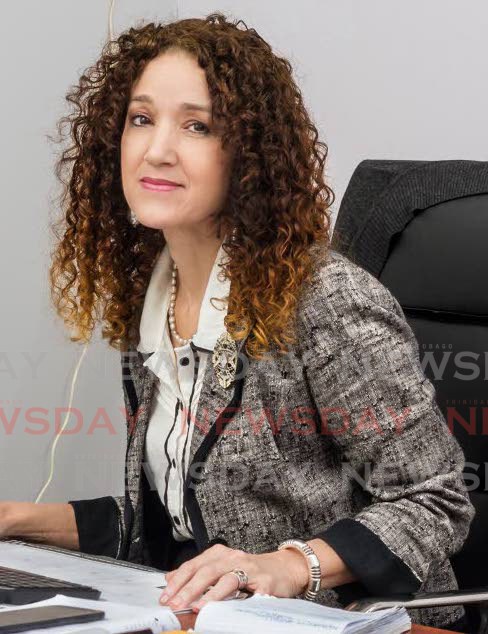Writer: 'Biographies connect people'

THE challenge of capturing the subject of a biography topped the panel discussion on non-fiction writing at the University of the West Indies’ (UWI’s) online literary festival LiTT Con 2020.
Writer, biographer, social worker and former school principal Primnath Gooptar said a writer must feel inspired by the subject of his biography.
“Is the story interesting or inspirational? Am I passionate about it? These are the questions a writer must ask,” said Gooptar, who has written biographies on engineer Ranjit Kumar and bookseller Harry Charran.
“Charran grew up in a sugar cane area, had no formal high school education and he became one of the biggest booksellers in Trinidad,” said Gooptar at the event on September 22.
He stressed the importance of biographies.
“Biographies don’t die. Biographies connect people around the world through memory.”
On the academic end of non-fiction writing, Genevieve Phagoo’s presentation Making a Place Home: Barbara Lalla’s Trinidad, provided a critical examination of Lalla’s work as a Jamaican who writes about Trinidad. Phagoo raised the important question of when do we consider a migrant writer belonging to the place he or she lives.
Speaking about her biography of dancer Beryl McBurnie and her book The Colour of Shadows, Newsday editor-in-chief Judy Raymond addressed the challenges biographers have in capturing the essence of their subject and presenting the truth of someone’s story. Addressing the notion of “truth” in biography, Raymond said, “That depends on who you talk to and their attitude towards what happened. Fiction writers have more leeway to establish the notion of truth. Finding the truth about your subject is not so easy in biography.”
Raymond also addressed techniques of bringing her subjects to life.
She spoke of interviewing five dancers simultaneously to convey a sense of McBurnie and her creative space. Interviews with people who had met McBurnie and the writings of McBurnie’s contemporaries from her day, CLR James, Albert Gomes and Eric Williams, created multi-dimensional literary pictures of the subject.
Raymond also spoke of the challenges of writing biography of obscure people like Bridgens, who lived in the distant past. She described The Colour of Shadows as art history, art criticism, history and biography.
The Colour of Shadows, she said, focuses on individual enslaved people. Although most of the people could not write, they did leave their stories. Their dance, music, religions, language, the register of slaves, rules for how slaves must work, move, sleep or be punished and the Protector of Slaves’ reports all provided sources to bring her subjects to life.
The moderator for the non-fiction session, Prof Aaron Eastley provided a provocative presentation called The Epistolary Vitality of Vido and Pa, which argued that Trinidadian Nobel laureate VS Naipaul’s collection of letters between his father and himself are Naipaul’s “most poignant and eloquently expressed writing.”
Eastley said the epistolary novel was making a comeback and asked, “Is it possible that letters can be better examples of literature than novels?
He said letters build a feeling of intimacy. “There is a literary alchemy that works in such texts.”
The American English professor argued that epistolary novels are a perfect literary vehicle for dramatic irony and said in these novels, “the human symphony is profound and increase with each reading. We know that VS Naipaul’s last five letters to his father were written five days after his father’s death, but he didn’t know this yet. When we read the letters we feel the regret he must have felt when he learned of his father’s death.”
Together, all the authors in this session provided a vivid picture of non-fiction writing as literature, which is often ignored here in the Caribbean, but immensely popular abroad.


Comments
"Writer: 'Biographies connect people'"